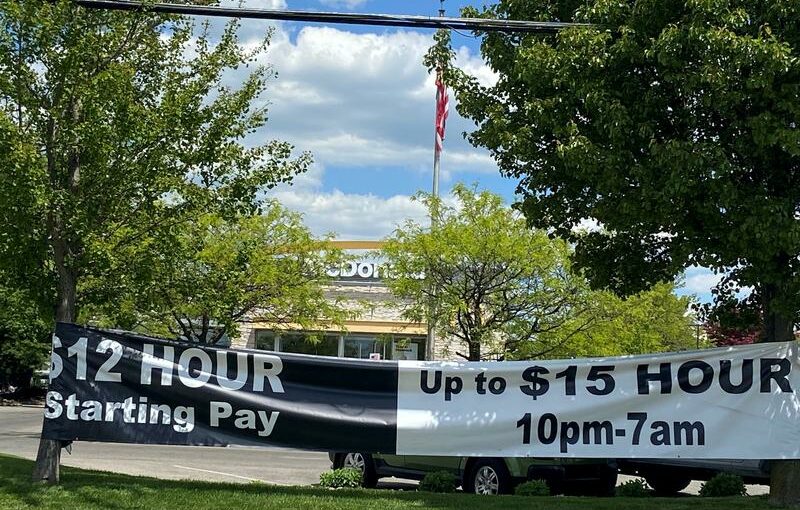WASHINGTON (Reuters) – The U.S. economy grew a bit faster than initially thought in the second quarter, lifting the level of gross domestic product above its pre-pandemic peak, as massive fiscal stimulus and vaccinations against COVID-19 boosted spending.
Gross domestic product increased at a 6.6% annualized rate, the Commerce Department said on Thursday in its second estimate of GDP growth for the April-June quarter. That was revised up from the 6.5% pace of expansion reported in July.
Economists polled by Reuters had expected that second-quarter GDP growth would be raised to a 6.7% pace.
The economy grew at a 6.3% rate in the first quarter, and has recouped the steep losses suffered during the two-month COVID-19 recession.
The upward revisions to last quarter’s GDP growth reflected a much more robust pace of consumer spending than initially estimated. The government disbursed one-time stimulus checks to some middle and low-income households during the quarter.
The Federal Reserve has maintained its ultra easy monetary policy stance, keeping interest rates at historically low levels and boosting stock market prices.
Consumer spending, which accounts for more than two-thirds of the U.S. economy, also got a lift from vaccinations, which fueled demand for services like air travel, hotel accommodation, dining out as well as entertainment.
But momentum appears to have slowed early in the third quarter amid a resurgence new COVID-19 infections driven by the Delta variant of the coronavirus.
Persistent bottlenecks in the supply chain are also causing shortages of goods like motor vehicles and some household appliances, hurting retail sales. Credit card data suggests spending on services like airfares, cruises as well as hotels and motels has been slowing.
New orders for non-defense capital goods excluding aircraft were flat in July.
SPEED BUMP
“This is a speed bump due to the interaction of Delta and supply-side constraints,” said Michelle Meyer, chief U.S. economist at Bank of America Securities in New York. “We still believe the foundation for the economy is solid and all signs point to strong underlying demand.”
Bank of America Securities has slashed its GDP growth estimate for third quarter to a 4.5% pace from a 7.0% rate. Economists at Goldman Sachs last week cut their growth estimate for this quarter to a 5.5% rate from a 9% pace.
Growth is expected to pick up in the fourth quarter. Overall, economists expect growth of around 7% this year, which would be the strongest performance since 1984.
Though the boost from fiscal stimulus is waning, consumer spending remains underpinned by a strengthening labor market.
A separate report from the Labor Department on Thursday showed initial claims for state unemployment benefits increased 4,000 to a seasonally adjusted 353,000 for the week ended Aug. 21.Economists polled by Reuters had forecast 350,000 applications for the latest week.
Adjusting the data for seasonal fluctuations is tricky around this time of the year, a task that has been complicated by the pandemic. That could account for the increase in applications last week.
Companies are clinging to their workers amid a labor shortage. Lack of child care facilities and fears of contracting the virus have been blamed for worker shortages, which are partly contributing to employment remaining 5.7 million jobs below its peak in February 2020. There were a record 10.1 million job openings as of the end of June.
At least 25 states led by Republican governors have pulled out of federal government-funded unemployment programs, including a $300 weekly check, which businesses claimed were encouraging unemployed Americans to stay at home.
There is, however, no evidence that the early termination of federal benefits has led to an increase in hiring in these states. The government-funded benefits will expire on Sept. 6.
“Labor market data and other indicators show no clear effect so far,” said Peter McCrory, an economist at JPMorgan in New York. “The negative demand shock arising from this loss of income could itself lead to job losses.”
Source: Read Full Article
